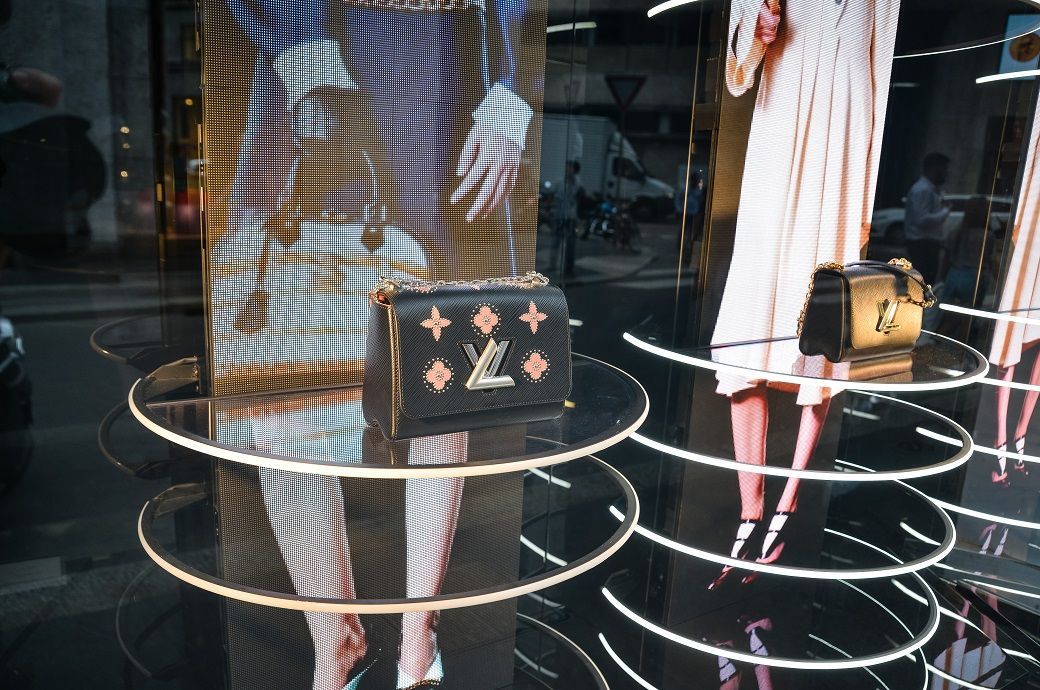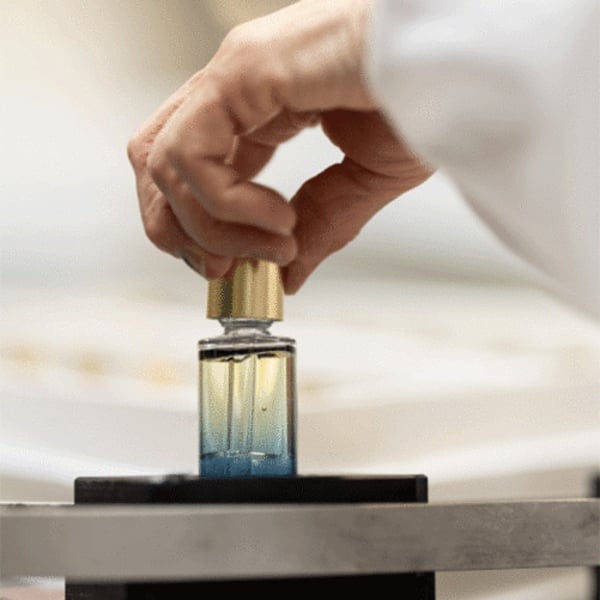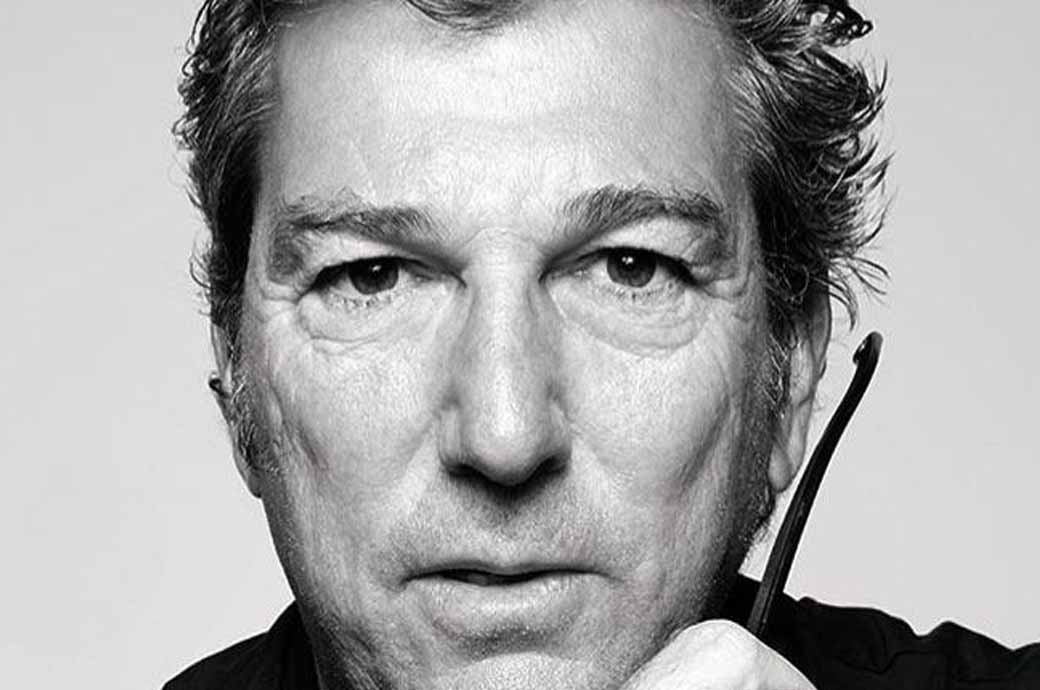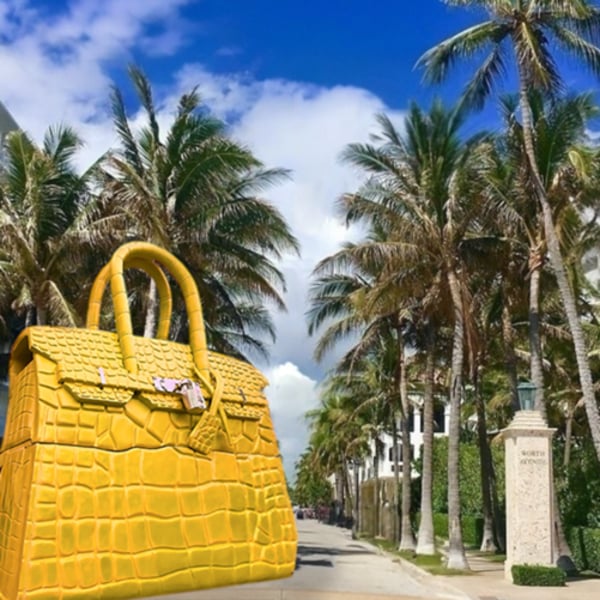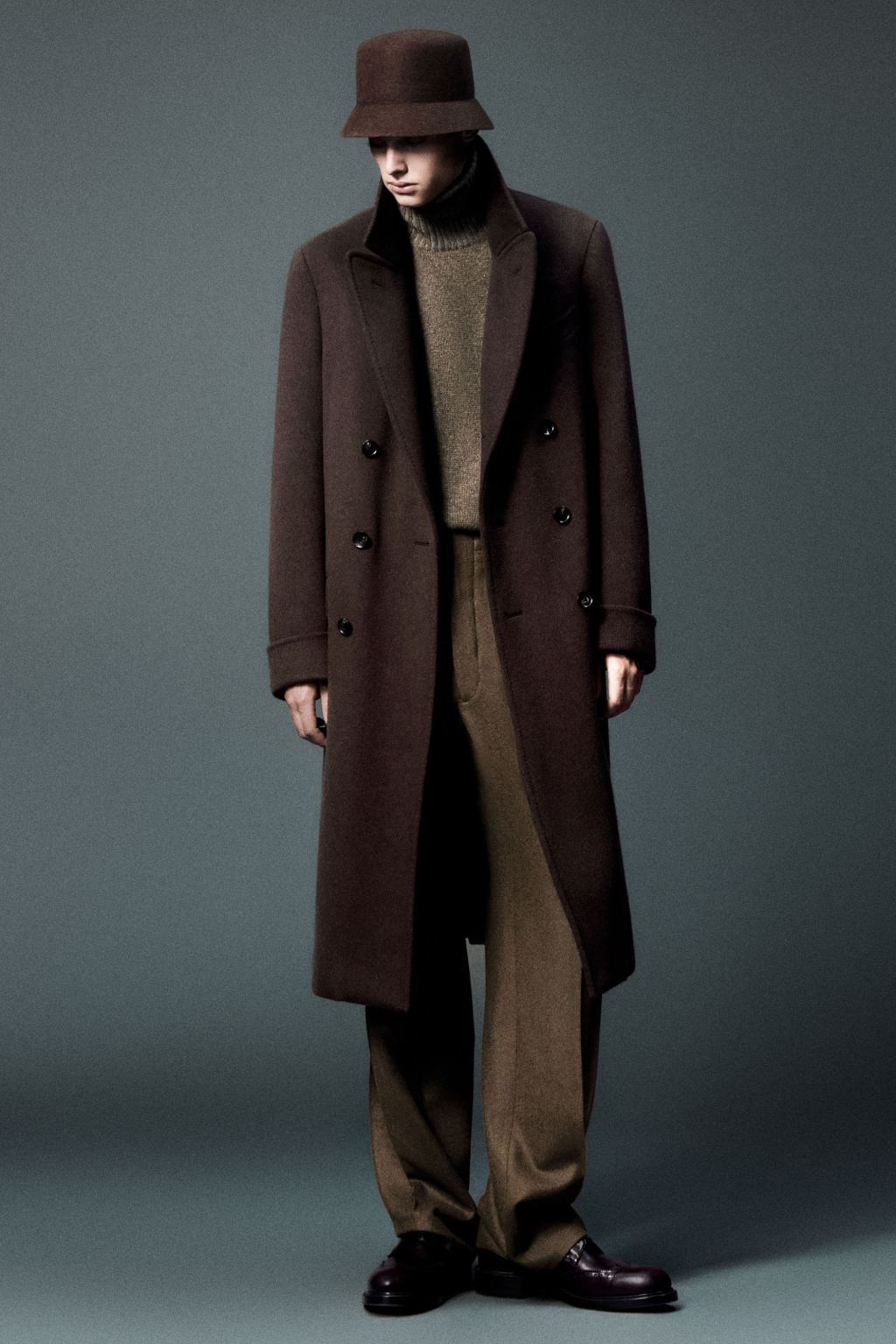It was followed by Gucci (13.6 percent), Chanel (13.4 percent), Prada (9.8 percent) and Dior (4.6 percent).
Prada was the second most falsified luxury brand with respect to the bags, with 14.42 percent of all Prada bags scanned by Entrupy as “unidentified”, that is, a falsification.
Louis Vuitton is the most falsified luxury brand, said an entrupy report, which found that the brand represented 32.76 percent of all its luxury products presentations. There is a growing sophistication in falsifications, especially in high volume and high demand articles. China and Hong Kong still dominate the supply, with 3 percent of falsified purchases enabled by chatbots.
Gucci false bags worth $ 12,190,340 were sent to the artificial intelligence authentication technology supplier (AI) based in the United States for verification of verification in 2024, with Chanel that represents the highest total value in dollars with a total of $ 500,470,067 in detected failure products.
The data show a growing sophistication in falsifications, especially in elements of high volume and high demand.
The French brand Goyard maintained its position as one of the most counterfeit brands, with 18.4 percent of its St. Louis bags identified as falsifications.
The five best brands with a high risk of falsifications were Goyard, Prada, Givenchy, Loewe and Saint Laurent.
The Americas represented 47 percent of all entry presentations, with the representation of 42 percent of Asia and the Middle East that represents 11 percent.
The report also called Louis Vuitton as the most falsified brand in the United States, with the total value of authentic products verified by Entrupy that reaches $ 640 million, compared to the 'unidentified' articles worth $ 61 million. It is also the most falsified brand in Canada, Mexico, Taiwan, the United Kingdom, Germany and Indonesia.
Prada was the fake brand in Japan, while Saint Laurent was the most false brand in Italy.
Falses now use the block chain and cryptocurrency to hide operations and reinvest profits through legitimate companies, the report said.
China and Hong Kong still dominate the supply. More than 30 percent of the falsified goods seized on European borders originated in China and Hong Kong.
Three percent of counterfeit purchases are now enabled by chatbots.
Fiber2Fashion News Desk (DS)

